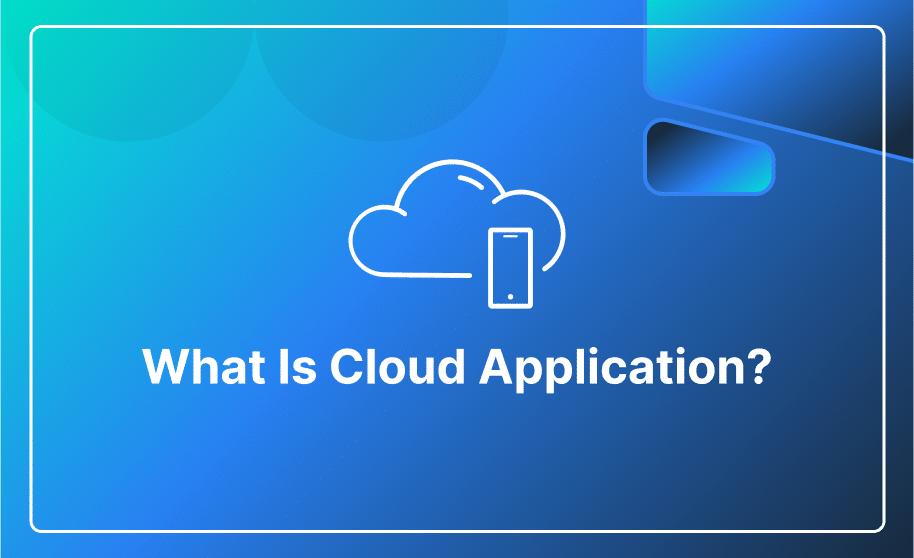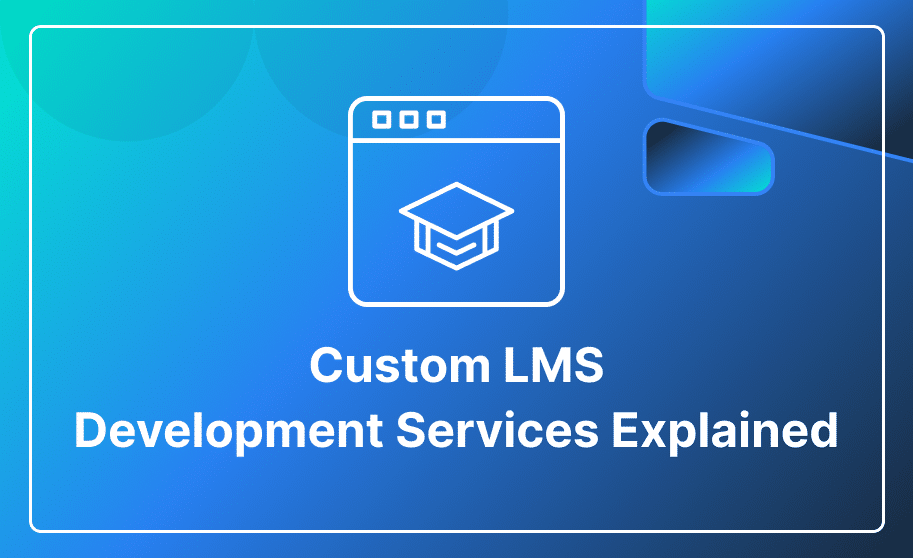In an era where artificial intelligence powers everything from healthcare diagnostics to financial decisions, a critical question emerges: are these systems serving humanity well? As AI becomes deeply embedded in our daily lives, the stakes for ethical AI development have never been higher. AI can be a powerful engine, but without a clear ethical steering wheel, even the smartest algorithms can go off track. Recent headlines, about AI hiring tools that inherit human biases or automated loan systems that discriminate, serve as wake-up calls. They remind us that responsible automation must be built on a foundation of transparency, fairness, and accountability.
The Growing Challenge of AI Ethics in Modern Systems
The rapid advancement of machine learning and AI technologies has outpaced our ability to govern them effectively. AI is advancing faster than most regulations can keep up. It’s as if we’ve built a turbocharged car but haven’t written the road rules yet. This rapid progress has created a tangle of ethical issues that demand immediate attention.
Lack of Comprehensive AI Governance Frameworks
- Regulatory gaps: Most countries lack specific legislation addressing AI ethics, creating a “wild west” environment where companies self-regulate without standardized guidelines
- Inconsistent global standards: Different regions are developing conflicting AI governance approaches, making it difficult for organizations to maintain consistent ethical practices across markets. What’s considered ethical AI in one market may clash with rules in another, forcing organizations into a constant juggling act.
- Industry-specific challenges: Consider healthcare AI (think: patient privacy and life-or-death decisions) versus financial AI (credit approvals, fraud detection) – they have different ethical landscapes, yet most regulations try to apply one-size-fits-all.
- Enforcement difficulties: Even when guidelines exist, enforcing them is a headache. Auditing a complex AI system can feel like interviewing a ghost – you see the outcome, but the reasoning remains invisible.
Transparency and Explainability Deficits
- Black box algorithms: Many machine learning models and AI systems, make decisions in ways even their developers can’t fully explain. It’s like consulting a mysterious oracle whose logic it refuses to reveal.
- Limited explainable AI adoption: Organizations often prioritize performance over interpretability, creating systems that work well but can’t explain their reasoning
- User understanding gaps: Everyday users rarely get a peek behind the curtain. Without clear explanations, they can’t give truly informed consent to AI-driven decisions.
- Audit challenges: If you can’t see how a model thinks, finding hidden biases or errors becomes nearly impossible, like searching for a needle in a digital haystack.
Bias and Fairness Issues
- Training data bias: AI systems learn from historical data, so if that data reflects past prejudices, the AI learns them too.
- Algorithmic discrimination: Without careful checks, AI-driven choices can systematically favor or punish certain groups. These biases often hide in plain sight.
- Representation gaps: Homogeneous development teams can overlook the concerns of underrepresented communities. If you don’t see the problem, your AI won’t either.
- Feedback loop problems: Biased AI decisions can create new biased data, reinforcing discriminatory patterns over time
Building Responsible AI: Solutions for Ethical Automation
Thankfully, addressing these challenges doesn’t require magic, just a smart combination of technology, commitment, and collaboration creates trustworthy AI systems.

Implementing Robust AI Governance Structures
- Establish ethics committees: Assemble cross-functional teams (ethicists, domain experts, even community reps) to provide oversight. It’s a way of giving your AI project a conscience.
- Develop comprehensive AI policies: Draft detailed guidelines for every stage: data collection, model development, deployment, and monitoring. Think of it as coding ethical guardrails into your process.
- Implement regular ethical audits: Treat your AI like a high-performance vehicle that needs periodic inspections. Systematically review models to sniff out bias, unfairness, or unintended impacts.
- Create accountability frameworks: Define who owns AI ethics at every level – developers, managers, and executives. When everyone knows their role, it’s harder for problems to slip through the cracks.
Prioritizing Explainable AI and Transparency
- Design for interpretability: Choose AI architectures that balance performance with explainability, ensuring decisions can be understood and justified.
- Implement algorithmic transparency: Document how your AI works, what data it uses, and how it arrives at decisions. Handing stakeholders a map of the AI’s logic builds trust (and makes audits much easier).
- Develop user-friendly explanations: When AI systems give recommendations or make decisions, present them in plain language. For example, if a loan is denied, provide a clear reason. Nobody likes a cryptic machine response.
- Enable stakeholder oversight: Let people affected by AI outcomes peek under the hood. If someone’s application is flagged or rejected, give them a chance to question the result. It’s the digital equivalent of inviting feedback.

Ensuring Fairness and Inclusivity
- Diversify development teams: Staff your AI initiatives with people of varied backgrounds. More perspectives mean fewer blind spots in design.
- Implement bias testing protocols: Regularly put your AI through fairness “drills”, test it against scenarios involving different demographic groups. If it fails the quiz, iterate until it improves.
- Use representative datasets: Ensure your training data reflects the diversity of the real world. If you only feed your AI one slice of reality, it will know only that slice.
- Establish feedback mechanisms: Provide easy channels (like a report button or hotline) for users to voice concerns. Think of it as an ongoing focus group, real people flagging real problems keeps your AI grounded.
Adopting Responsible Development Practices
- Integrate ethics from design phase: Don’t bolt on ethics at the end. Consider implications from Day One, so your AI’s moral compass is built in, not tacked on.
- Implement continuous monitoring: Once your AI is live, keep a watchful eye on it. Things change, and new issues can emerge, so schedule regular check-ups to catch problems early.
- Practice responsible disclosure: Be upfront about what your AI can and can’t do, plus its known limitations. Transparently communicating these facts is like writing an honest user manual.
- Invest in ethical AI research: Fund ongoing R&D into bias mitigation, fairness metrics, and accountable AI. By fueling innovation in ethics, you’re not just fixing today’s problems, you’re preventing tomorrows.
The Path Forward: Balancing Innovation with Responsibility
AI represents one of the most transformative technologies of our time, a powerful tool that can solve complex problems, enhance human capabilities, and drive unprecedented innovation. But like any high-powered machine, its impact depends entirely on the driver. The choices we make now about AI governance, explainability, and ethical practices will set the trajectory for years to come. This isn’t about halting progress; it’s about steering it wisely.
For tech leaders, responsible automation is an opportunity, not a burden. Companies that weave ethics into their AI strategies won’t just avoid costly pitfalls; they’ll earn the trust that fuels long-term growth. Think of it like building a reputation, in an era of headlines about “rogue” algorithms, a company known for fairness and transparency stands out. It’s not peanut butter OR jelly; it’s peanut butter AND jelly. Innovation and ethics belong together if we want a sustainable future.
As we stand at this crucial crossroads, one thing is clear: the question isn’t whether AI will advance, it will. The real question is whether we have the wisdom to guide that advancement. By embracing responsibility now, we can ensure that artificial intelligence amplifies our best qualities, rather than undermining them. After all, the true power of AI is realized not just in what it can do, but in what it should do for us.




















